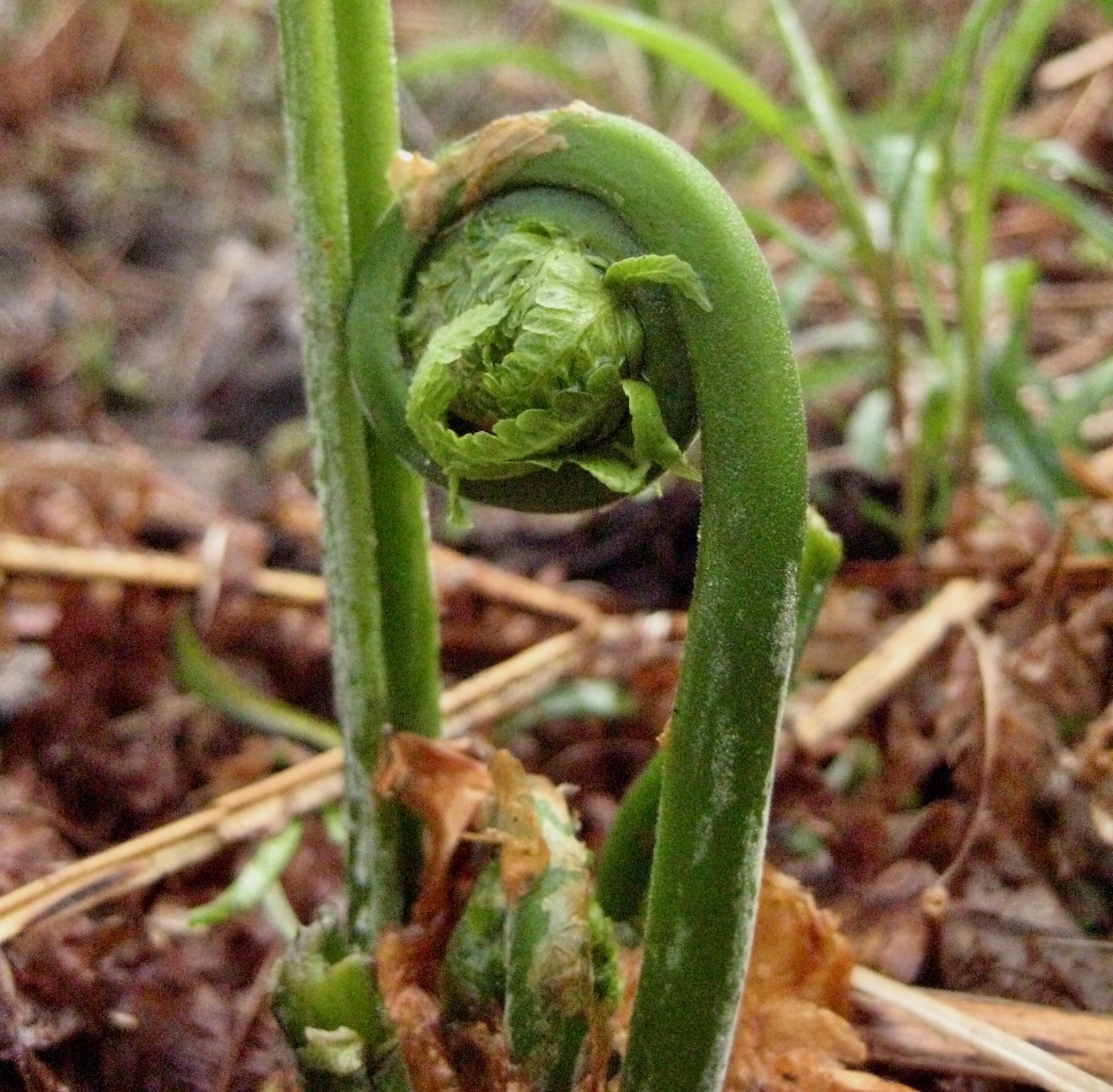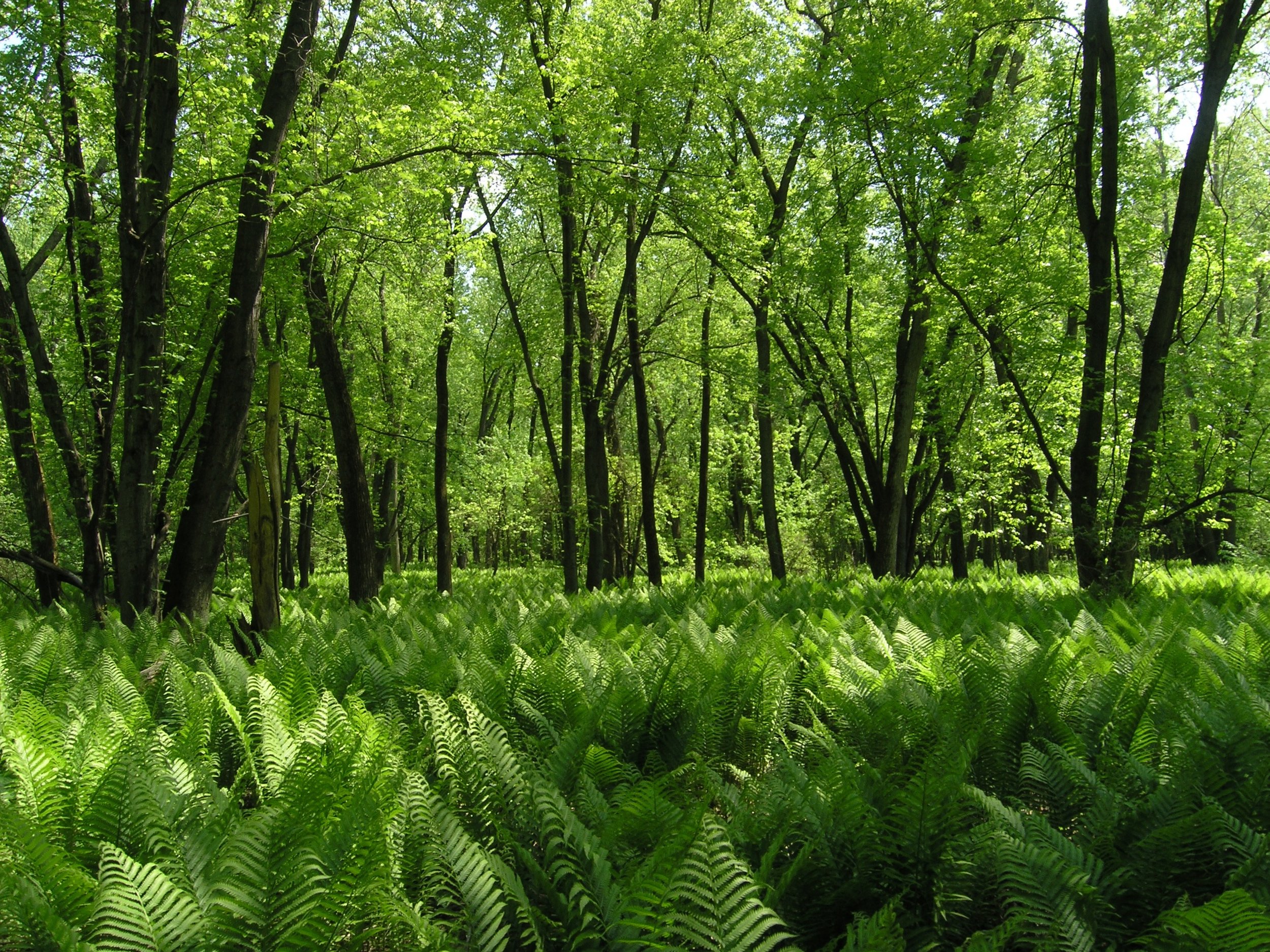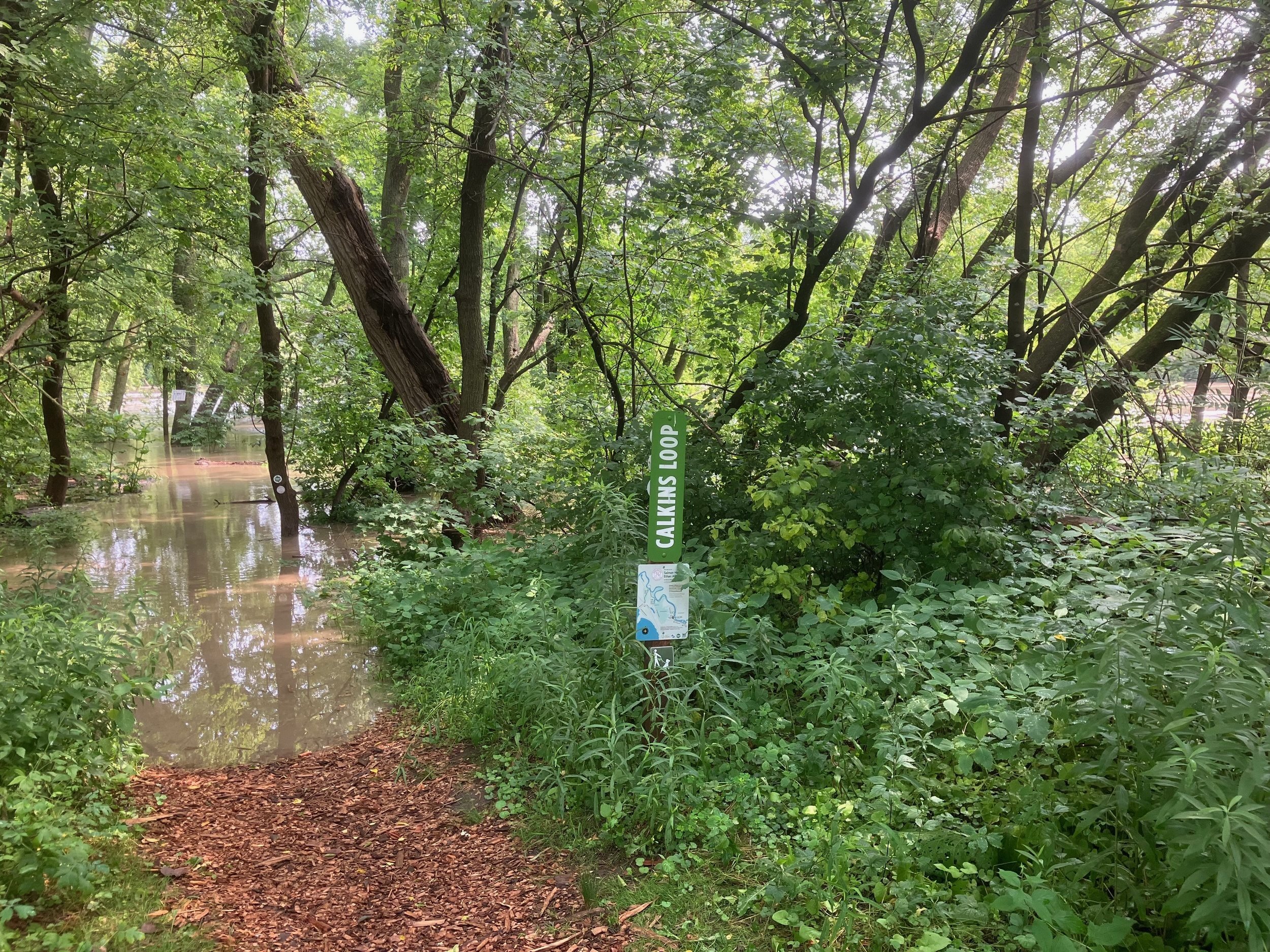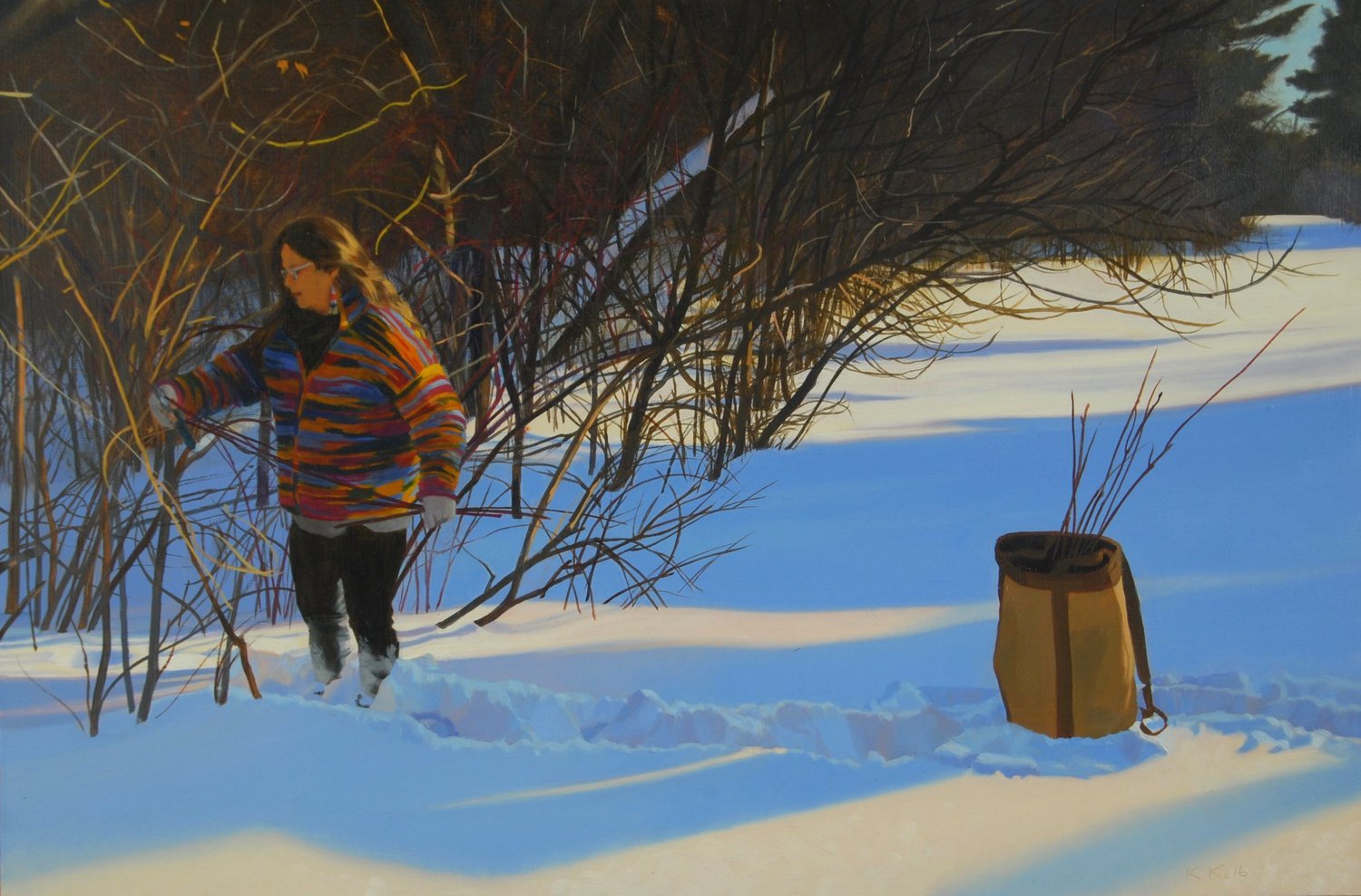The White Monsters
Artwork by Judy Dow, and a postcard asking her advice
Pepe lived on the edge of town, high up on the bluff overlooking the Intervale and the Winooski River in a place called Moccasin Village. Moccasin Village was built on the top of an ancient sand dune nestled between the Intervale and Lake Champlain. All 20 or so families living in Moccasin Village were French Indian people who had decided to stop traveling back and forth to Canada and settle down in one place; in 1886 Moccasin Village was called home. “Times were changing,” Pepe used to say, but living next to the Intervale was perfect because people could still hunt, fish, and gather off this open land. “Intervale” is an old English word that describes a long, narrow valley between two high points with a river running down the middle. To us, it was the common pot, a huge bowl of food. This particular Intervale is called the Winooski Intervale. Burlington, Colchester, and Winooski surround the 1,700 acres. Outside of New England, people never use this word to describe the land.
In the spring, when we visited Pepe, we would go to the Intervale to harvest fiddleheads and wild leeks. “Winooski” means “the place of the wild onions” in the Abenaki language. As soon as the snow was gone, the leeks would peek their heads out of the ground. You didn’t need many. They had a strong taste but added a lot of flavor to the roasted squirrel and baked beans that Pepe often had cooking on a small ledge in the wood-fired boiler downstairs in his house.
Fiddleheads by Judy Dow
Pepe would tell me stories as we walked through the riparian forest, picking a few fiddleheads here and a few there until we had a pail full. “It was important not to pick all that we wanted in one place—picking all the heads on one bulb would kill the bulb,” Pepe explained. So we walked all day long picking here and there. The heads we left behind would provide a beautiful spray of ostrich ferns that would eventually grow to cover the worn path we walked in early spring. As we slowly walked back to the house, I would tell Pepe how much I loved spending time in the Intervale. “Yes,” he would tell me, “it’s a great place to visit and get your food.”
Sea of ostrich ferns in a floodplain. Photo © Liz Thompson
Before I was born Pepe would hunt for muskrats in the spring; he and my father would tan the hides in their back yard and sell them for 75 cents apiece. Muskrats live in the wetlands of the Intervale, making little push-ups for dens to protect the young from predators. When visiting Pepe during this time, it was not uncommon to see many hides stretched out drying in his back yard. People wanted the hides for their warm coats.
Sometimes in the spring we would fish for shad. When the shad trees were in bloom in the uplands where I live, the shad were spawning in the low lands, where Pepe lived. Pepe would go to the edge of the river where his two-ended boat was tied up, and we would fish for shad. The pesky little shad flies were out too, and they would land on every part of my body until I shooed them away. Pepe would say, “Never mind them. They won’t hurt you; they are food for the fish.” This cycle is confused now because of climate change. The shad flies are not always there in time for the shad run. My favorite berries were shadberries. We would pick baskets full of these little berries and bring them to Pepe because they didn’t grow in the Intervale and Pepe loved them. As we floated down river in the boat that Pepe’s brother had made, I looked up at the trees stretched out over the river and I dreamed of living in the Intervale. I never wanted to leave there, it was so beautiful.
Spring artwork in the forest by Judy Dow
In the summer, we made many trips to the Intervale, picking raspberries, blackberries, and many different kinds of plants for food and medicines. We also fished for bass and perch and occasionally caught an eel. Pepe had stories for all of them. I can still hear him singing, “little fishes in the lake come and bite upon my bait.” The eels were sweet and prized by the elders living down the road, so Pepe nailed their heads to the tree, cut around their throats, and pulled the skins off. He then had us deliver the eels to the old people living in Moccasin Village. I later found out that eels had a high nutritional value, something I’m sure Pepe knew all the time. That’s why the old ones got the eels.
A sea of fiddlehead ferns in a floodplain. Photo © Liz Thompson
When fall came, things were different. We went to the Intervale to gather butternuts. We would pick bushels of butternuts. Filling our backpacks with the heavy nuts, we would lug them back to Pepe’s house. We would place newspapers on the floor in the basement and spread the nuts out to dry. When it got cold outside, Pepe would slide the nuts into a vise that was anchored to his work bench and crack them open, one by one. He would place the special nut meat into canning jars, and for Christmas everyone got a jar to celebrate the holiday. It was the greatest treasure to receive, and we were excited because with the nuts in hand we knew that my father always made penuche fudge.
It was in the fall that Pepe would hunt for deer, ducks, and geese. His freezer was always full of frozen game and the pantry filled with canned fruit and vegetables. We grew plums, apples, pears, and berries. Along with the harvest of our vegetable garden, we always had some awesome food come winter. Pepe made some of the most wonderful meals I ever had; the food he harvested from the Intervale was different than what we get at the grocery store today. In most grocery stores you can’t find venison, duck, goose, and squirrel at the meat counter, or butternuts and fiddleheads on the shelves, but you could find them in the freezer and on the shelves at Pepe’s. Pepe knew the land. He knew when the fish were spawning, the ducks were migrating, and the deer were yarding up. He knew when to burn the Intervale and where the burning was most beneficial for drawing out the muskrat in the spring. Pepe understood the cycles.
As soon as the ice froze in the flooded parts of the Intervale, we would be out there skating and sliding down the side of the 30-foot bluff into the Intervale. When the ice was frozen enough to walk on, Pepe would say, “It’s time to burn the Intervale,” and my father and other neighborhood kids would gather to each light certain parts of the land on fire. This was often reported in the local papers as mischievous kids playing with matches. The wetland plants that once stood green and tall were frozen, brown, and brittle now from the cold, and when touched by the fire they curled up and burned to little piles of ash that blew away in the wind. Pepe said the burning would bring new plants in the spring like the cattails, sedges, and arrowhead that the muskrats loved to eat. Then the cycle would continue, and Pepe would have more muskrat to harvest in the spring.
One beautiful winter day when we were snowshoeing through the Intervale, I blurted out “Pepe, I love the Intervale. I want to live here when I grow up.” “You can’t live in the Intervale,” he said. “Why?” I asked. He then told me that “Not always, but sometimes the White Monsters come and destroy everything in the Intervale.” “The White Monsters,” I gasped. He said, “The Intervale is a place that we had to share with the White Monsters. It is their home, too. The White Monsters are what helps to make the Intervale so special,” Pepe said. Slowly, we walked back to his house, and he told me the story of the White Monsters.
Pepe explained that the Intervale was a place that was supposed to receive excess water during times of flooding. “Flooding is important to the cycle of life,” he told me. “Flooding brings nutrients from up river and spreads it all over the Intervale. The nutrients help the plants and animals to grow, and then help us by providing the plants and animals that we eat.” “But, Pepe, what are the White Monsters?” I asked. “The White Monsters are the big chunks of ice that float in the high water onto the Intervale floor. They often tear down buildings, houses, trees, and bridges on their way to the Intervale. They are so big, sometimes they destroy everything in their way, and that’s why you can’t live in the Intervale. You just never know when they are coming. People should live high up on the bluffs and visit the Intervale, but they shouldn’t live there unless they are prepared to lose everything they worked hard for.”
The Intervale floods regularly. Photo courtesy of the Intervale Center.
I was sad thinking about not being able to live in the Intervale, but I understood what Pepe was telling me. Sharing the Intervale with the White Monsters was not so bad because I still got to visit during the times they weren’t there. On their occasional visits, I would be sure to greet them from high on the bluffs overlooking the Intervale, just as my ancestors had done before me.
Judy Dow collecting red osier dogwood. Credit: Harvesting Red Osier, Oil on Panel, © Kathleen Kolb.
Judy Dow is of French Canadian and Abenaki descent. She is Gedakina’s Executive Director and has an education career spanning more than three decades with degrees in Native Studies, Education, and Teaching for Social Justice. She is also an environmentalist, consultant, author, and basketmaker conducting classes and workshops for students of all ages. Judy was the 2004 recipient of the Governor’s Heritage Award for Outstanding Vermont Educator and the Arthur Williams 2022 Award for Meritorious Service to the Arts.







